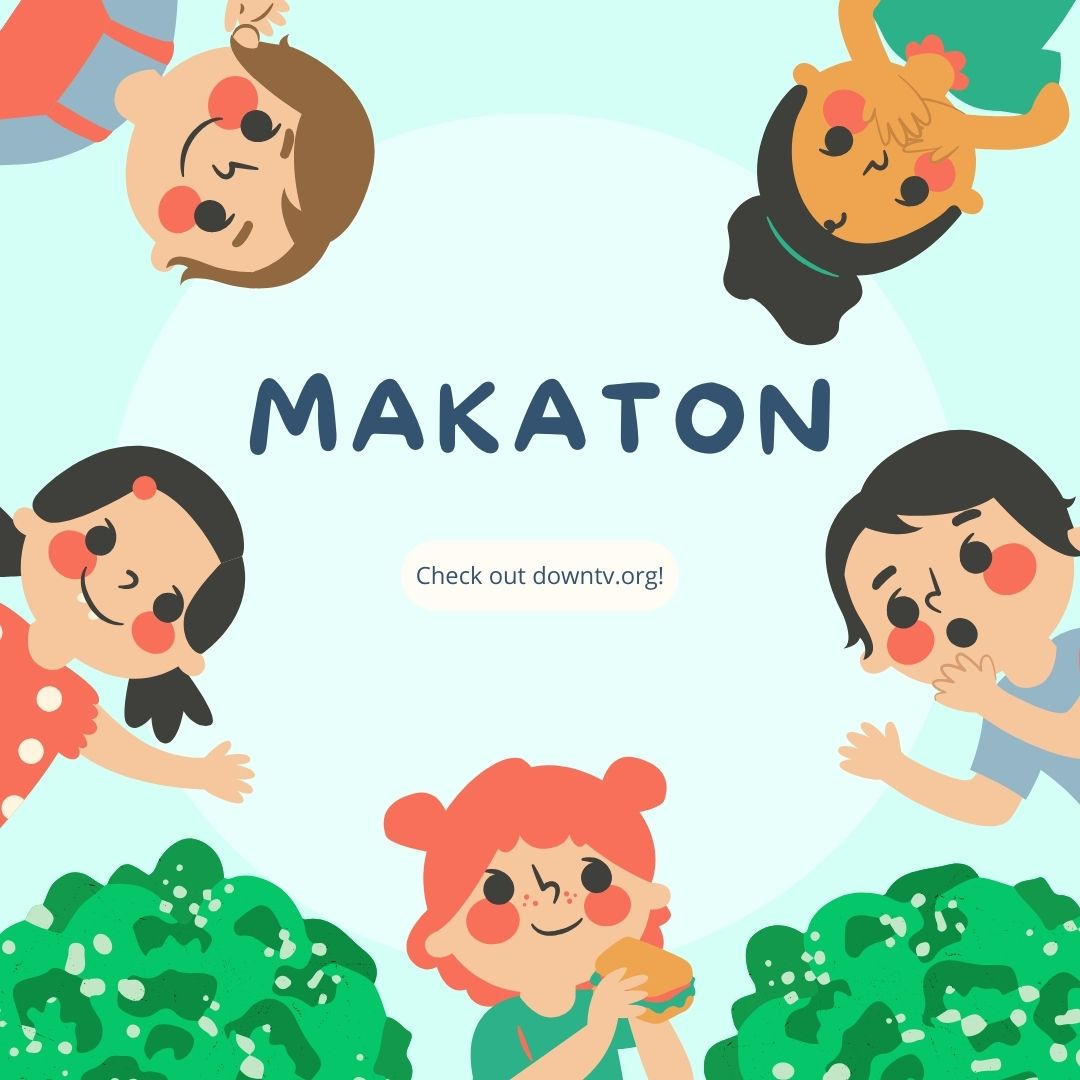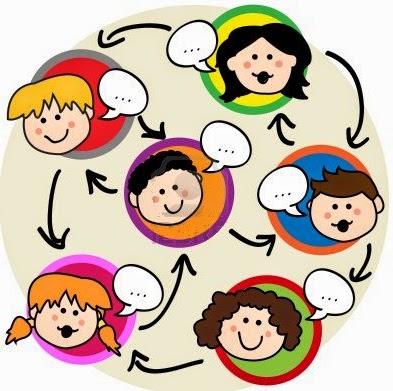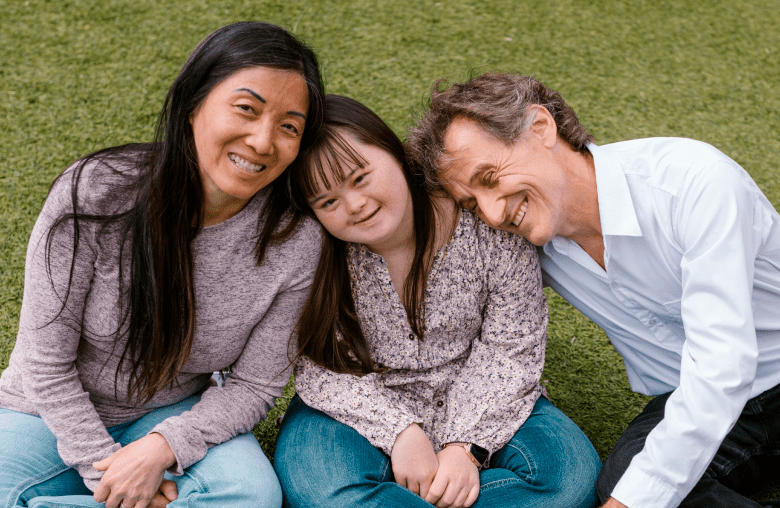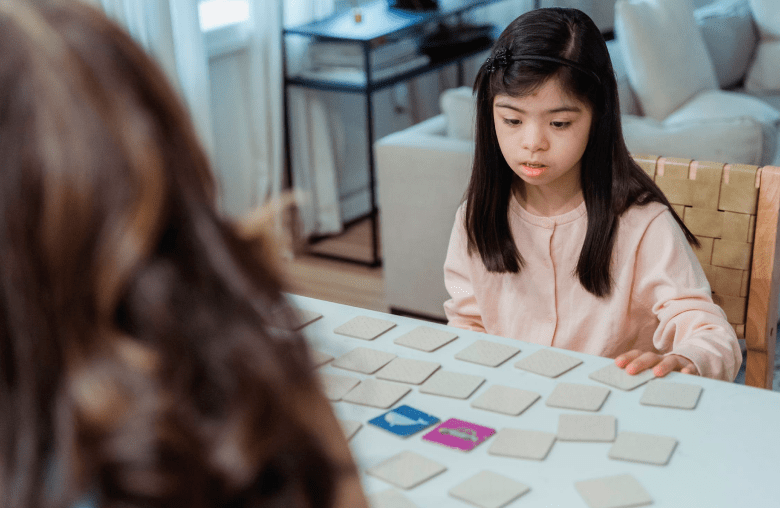Inclusive education is not merely a concept but a transformative philosophy that celebrates diversity, fosters equity, and empowers every individual regardless of their background, abilities, or differences. It goes beyond providing access to education; it strives to create an environment where every student feels valued, respected, and supported in reaching their full potential. In this exploration of inclusive education, we delve into what it truly means and how it can be achieved to nurture a more inclusive society.
Understanding Inclusive Education
At its core, inclusive education is about embracing diversity in all its forms. It recognizes that each student is unique, with their own strengths, challenges, and learning styles. In an inclusive classroom, differences are not only accepted but celebrated as opportunities for growth and understanding.
Inclusive education rejects the notion of a one-size-fits-all approach to learning. Instead, it emphasizes personalized instruction, accommodations, and support systems tailored to meet the diverse needs of every learner. This may involve modifications to curriculum, teaching strategies, and assessment methods to ensure that all students can actively participate and succeed.
Principles of Inclusive Education
- Equity and Access: Inclusive education begins with ensuring equal access to quality education for all students, regardless of their socio-economic status, ethnicity, language, disability, or other factors. This may involve removing physical, social, and cultural barriers that hinder learning and participation.
- Respect and Dignity: Central to inclusive education is the promotion of respect and dignity for every individual. This includes fostering a culture of acceptance, understanding, and empathy, where differences are embraced and celebrated rather than stigmatized or marginalized.
- Collaboration and Partnership: Inclusive education recognizes that meeting the diverse needs of students requires collaboration among educators, parents, students, and community stakeholders. Building strong partnerships and communication channels is essential for creating supportive learning environments and promoting positive outcomes for all learners.
- Differentiation and Personalization: Inclusive classrooms employ differentiated instruction and personalized learning approaches to meet the unique needs of every student. This may involve adapting teaching strategies, providing individualized support, and offering varied pathways to learning and achievement.
- Universal Design for Learning (UDL): UDL principles promote the design of flexible learning environments and instructional materials that accommodate diverse learning styles, preferences, and abilities. By providing multiple means of representation, expression, and engagement, UDL enhances accessibility and participation for all students.
Components of Inclusive Education
- Curriculum and Instruction: Inclusive education involves designing a curriculum that reflects diverse perspectives, experiences, and cultures. Instructional methods should be varied and adaptable to accommodate different learning styles and abilities. Teachers may employ cooperative learning, peer tutoring, and inquiry-based approaches to promote active engagement and participation.
- Assessment and Evaluation: Inclusive assessment practices recognize and value diverse forms of knowledge, skills, and achievements. Assessment methods should be fair, transparent, and flexible to accommodate individual differences and provide meaningful feedback for student growth. Teachers may use portfolios, project-based assessments, and alternative forms of evaluation to assess student progress holistically.
- Support Services and Resources: Inclusive education provides a range of support services and resources to address the diverse needs of students. This may include specialized instruction, assistive technologies, counseling, and accommodations such as extra time or alternative formats for assignments. Collaboration with support staff, such as special educators, counselors, and therapists, is essential for ensuring that all students receive the necessary support to succeed.
- Social and Emotional Learning (SEL): Inclusive education prioritizes the social and emotional well-being of students, recognizing that a positive school climate is essential for learning and development. SEL programs promote empathy, communication, and conflict resolution skills, fostering a sense of belonging and connectedness among all members of the school community.
Challenges and Opportunities
While inclusive education holds great promise for promoting diversity, equity, and excellence in education, it also presents challenges that require careful consideration and proactive solutions. These may include:
- Attitudinal Barriers: Overcoming attitudes of prejudice, discrimination, and bias is essential for fostering an inclusive culture within schools and communities.
- Resource Constraints: Limited resources, including funding, personnel, and infrastructure, may pose challenges to implementing inclusive practices effectively.
- Professional Development: Educators require ongoing training and support to develop the knowledge, skills, and attitudes necessary for implementing inclusive education successfully.
- Systemic Barriers: Structural barriers within educational systems, such as rigid policies, standardized testing, and tracking practices, may hinder efforts to create inclusive learning environments.
- Parent and Community Engagement: Building partnerships with parents and community stakeholders is essential for promoting inclusive education and addressing the diverse needs of students.
Despite these challenges, inclusive education also presents numerous opportunities for fostering innovation, collaboration, and social change. By embracing diversity and promoting equity in education, we can create a more inclusive society where every individual has the opportunity to thrive and contribute to the greater good.
Inclusive education is not just an educational approach; it is a moral imperative and a fundamental human right. By embracing diversity, fostering equity, and empowering every individual, we can create inclusive learning environments where all students have the opportunity to reach their full potential. Through collaboration, innovation, and commitment to social justice, we can build a more inclusive society where differences are celebrated, and every individual is valued and respected. In the words of Nelson Mandela, “Education is the most powerful weapon which you can use to change the world.” Inclusive education is the key to unlocking that power and transforming lives for generations to come.
















